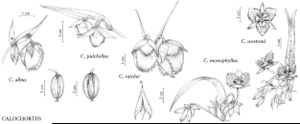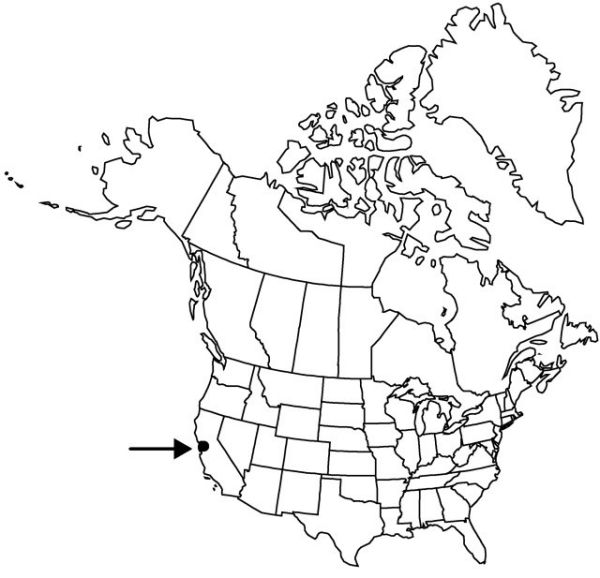Difference between revisions of "Calochortus pulchellus"
Proc. Acad. Nat. Sci. Philadelphia 20: 168. 1868.
imported>Volume Importer |
imported>Volume Importer |
||
| Line 64: | Line 64: | ||
|publication year=1868 | |publication year=1868 | ||
|special status=Illustrated;Endemic;Conservation concern | |special status=Illustrated;Endemic;Conservation concern | ||
| − | |source xml=https:// | + | |source xml=https://bitbucket.org/aafc-mbb/fna-data-curation/src/2e0870ddd59836b60bcf96646a41e87ea5a5943a/coarse_grained_fna_xml/V26/V26_150.xml |
|genus=Calochortus | |genus=Calochortus | ||
|species=Calochortus pulchellus | |species=Calochortus pulchellus | ||
Latest revision as of 21:13, 5 November 2020
Stems usually branching distal to base, 1–3 dm, not glaucous. Leaves: basal persistent, 1–4 dm; blade green, lanceolate, tapering at base, flat, not glaucous. Inflorescences 1–5-flowered. Flowers nodding; perianth closed at apex, ± globular; sepals spreading, yellow-green, ovate to lanceolate, 2–3 cm, glabrous, apex acuminate; petals pale yellow, lanceolate, 3–5 cm, conspicuously fringed with short, thick hairs, adaxial surface glabrous or sparsely hairy, apex obtuse; glands deeply depressed, bordered distally by long, slender hairs; filaments 6–8 mm; anthers oblong, 3–5 mm, apex obtuse or acute. Capsules nodding, winged, ellipsoid-oblong, 2–4 cm. Seeds dark brown, irregular. 2n = 20.
Phenology: Flowering late spring–early summer.
Habitat: Open places in woods, chaparral, typically on serpentine
Elevation: 200–800 m
Discussion
Of conservation concern.
Calochortus pulchellus is known from Mt. Diablo, Contra Costa County.
Selected References
None.

